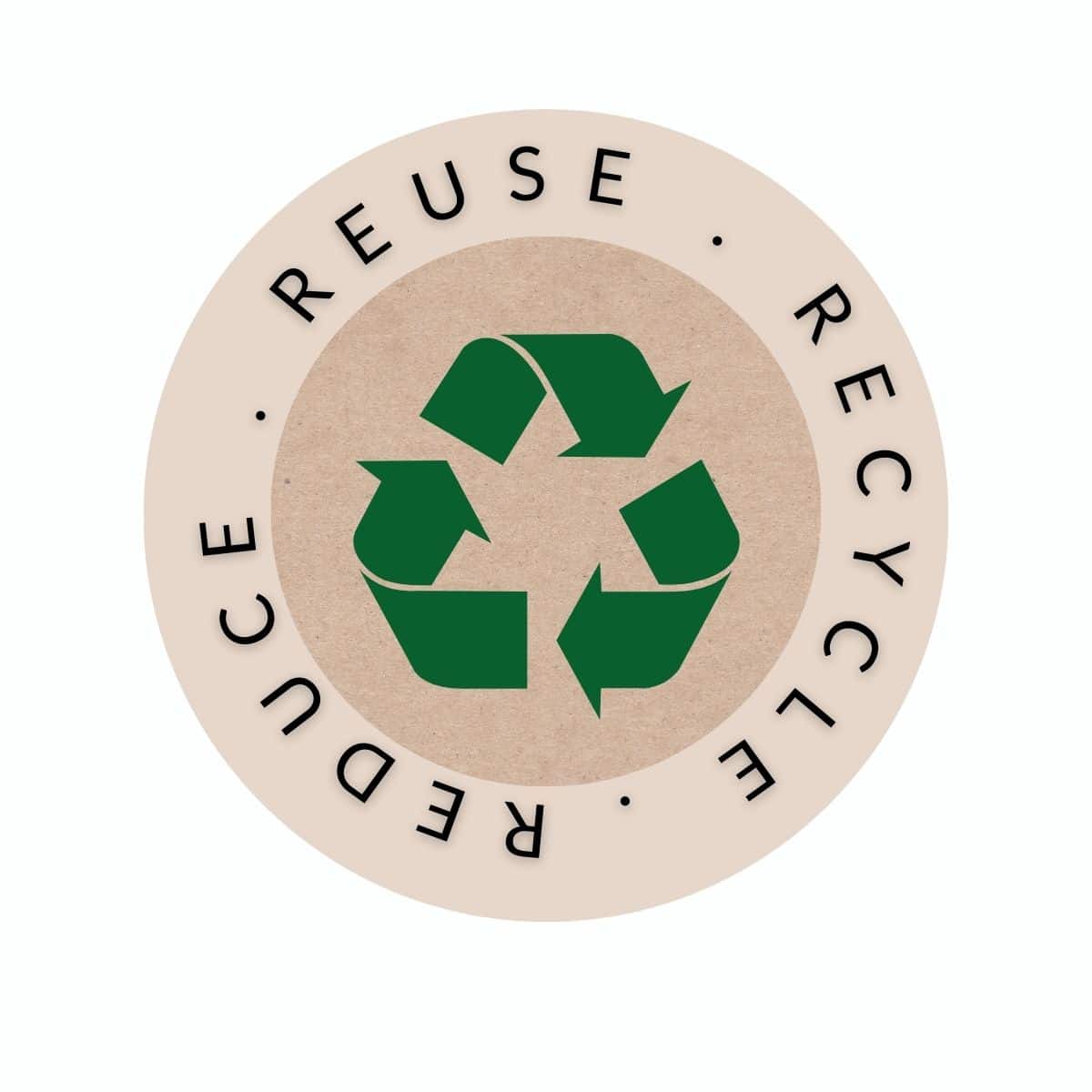
Global warming has shown that we are experiencing more extreme weather conditions. The Met Office reports that we have had the warmest years in the last 2 decades (despite the rain in the UK!) The International Labour Organisation (ILO) (Increase in heat stress predicted to bring productivity loss equivalent to 80 million jobs | International… Read more »









